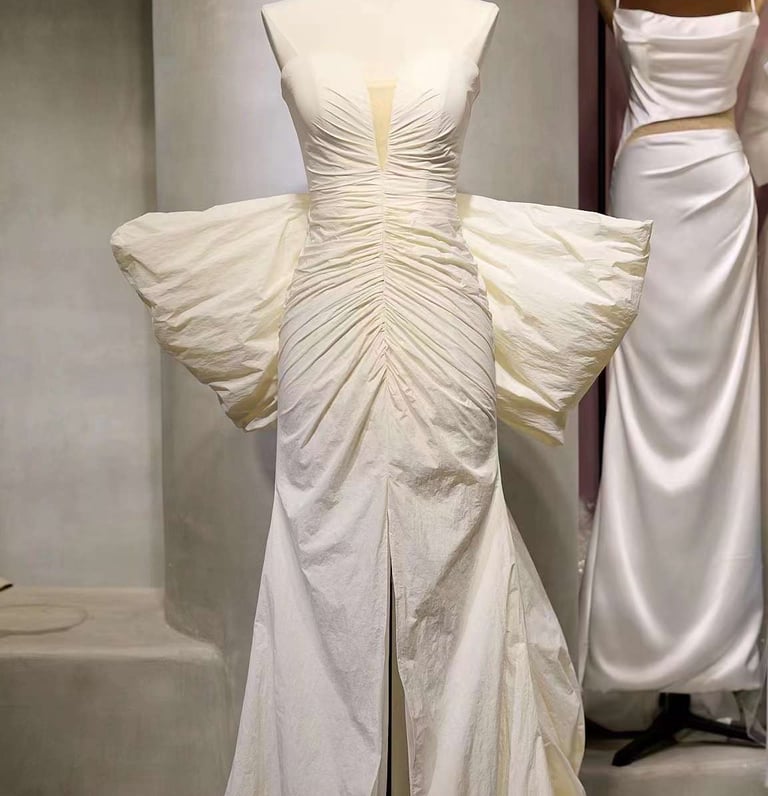Overproduction and Excess Inventory
Many bridal shops overproduce gowns in anticipation of demand, leading to unsold inventory that ultimately goes to waste. This overproduction is not only costly but also contributes significantly to textile waste.
Short-Lived Use of Dresses
On average, a wedding dress is worn for only one day. After the wedding, many dresses are stored away, forgotten, or thrown away, adding to the landfill crisis. It’s disheartening to think of the countless beautiful gowns that could have been enjoyed by future brides.
Environmental Impact
The fashion industry is one of the largest polluters in the world. The production and disposal of wedding dresses contribute to greenhouse gas emissions, water pollution, and resource depletion. As a collective, we must address these issues by making smarter choices in our purchases.
The Role of the Consumer
As consumers, we hold the power to influence change in the bridal industry. By choosing to buy pre-loved dresses or supporting brands that prioritise sustainability, we can create a ripple effect that promotes eco-friendly practices.
In conclusion, understanding wedding fashion waste is crucial for fostering a more sustainable future in the bridal industry. Together, we can make choices that not only reflect our personal style but also honor our planet.




